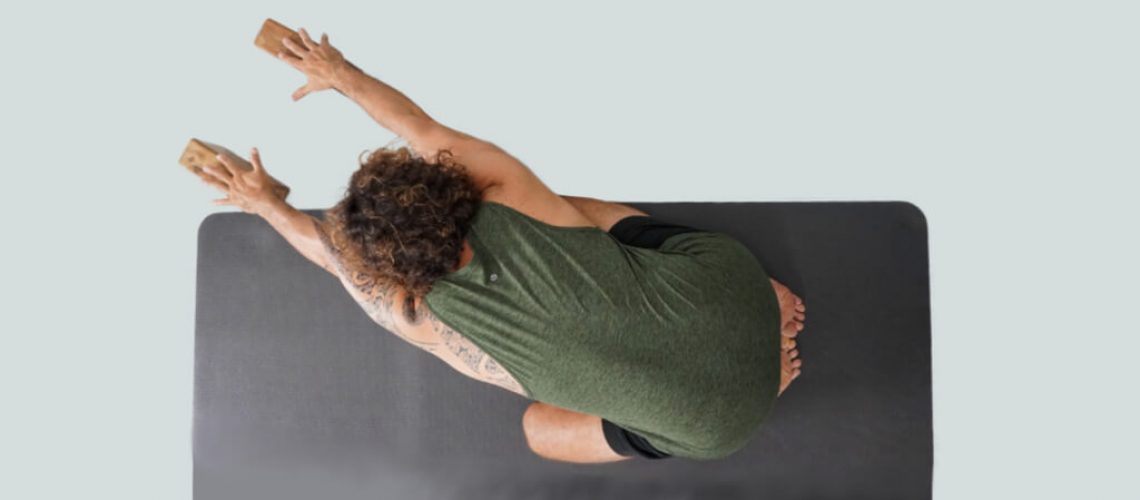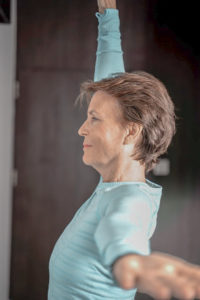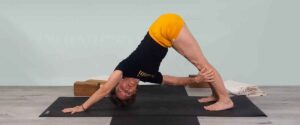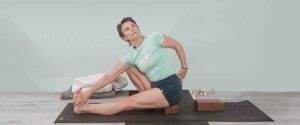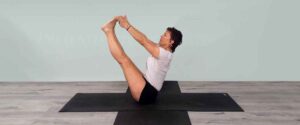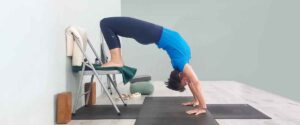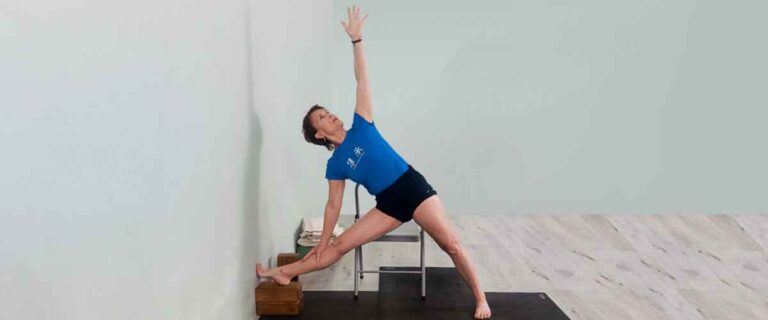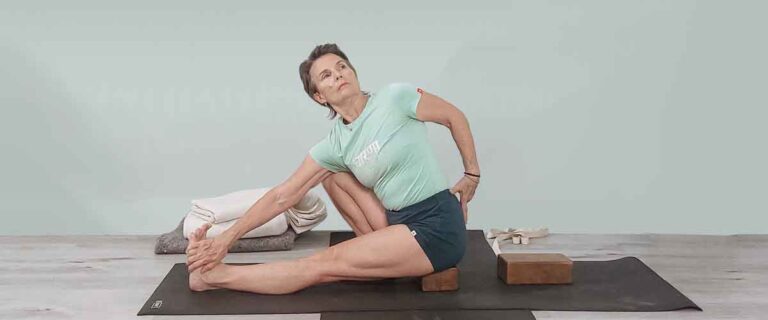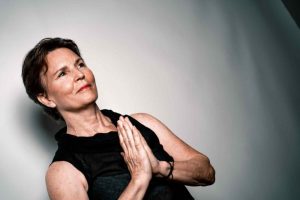Yoga can provide you with new sensitivity and helpful cues towards releasing overly tight areas while lengthening and creating space in others.
Scoliosis derives from the Greek word “skol”, which means twist and turn. Fully defined, it is a lateral curve in the spine with a rotational component. If you are dealing with scoliosis, whether functional or structural, severe or slight, you know the feeling of the difference in the spine from the right to the left, the front and back, thus resulting in asymmetry.
Each side, the convex and the concave side learn differently, but through an emphasis on symmetry and moving toward the midline you can gain a centralized sensitivity that will inform your practice to help you deal with these imbalances intelligently.
In treating scoliosis, the spine must be considered from three dimensions: vertical, horizontal, and sagittal. Yoga can provide you with new sensitivity and helpful cues towards releasing overly tight areas while lengthening and creating space in others.
Yoga is not a cure, but certainly is a tool to be used to bring more balance. Working with principles of alignment, stability, and mobility, one can connect with the asymmetrical body and begin to have the sensitivity to correct what can be corrected.
If you want to learn more about how yoga can help scoliosis, I recommend you have a read of
Yoga and scoliosis a journey to health and healing by Marcia Monroe
This sequence includes:
Supta Tadasana ( Reclining Mountain Pose )
Supta Urdhva Hastasana ( Reclining Palm Tree Pose )
Adho Mukha Virasana ( Downward Facing Hero Pose )
Parvatasana ( Sitting Mountain Pose )
Tadasana ( Mountain Pose )
Urdhva Hastasana ( Palm Tree Pose )
Vrikshasana ( Tree Pose )
Utkatasana ( Chair Pose )
Parsvottanasana ( Pyramid Pose )
Utthita Trikonasana ( Triangle Pose )
Bharadvajasana ( Torso Twist Pose )
Vishnu Asana ( Lying Down on Side Pose )
Supta Swastikasana ( Reclining Easy Pose )

